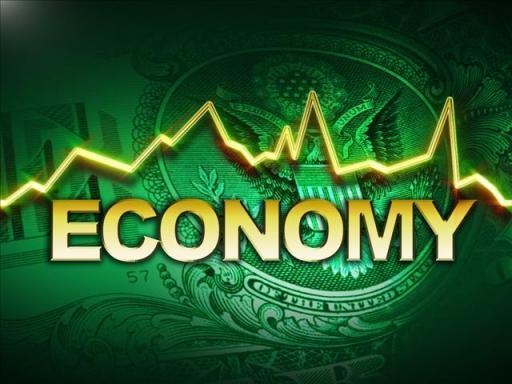Economy

Durable Goods Orders Jump as Investment Rebounds
Written by Sandy Williams
April 25, 2019
Durable goods orders jumped 2.7 percent in March for the fourth increase in five months. Transportation equipment led the increase, leaping 7.0 percent to $93.8 billion.
Aircraft orders rose 31 percent, primarily for Boeing jets. Boeing reported 44 aircraft orders in March compared to five in February. None were for the grounded 737 Max aircraft that are being investigated in the wake of two fatal crashes.
Orders for core capital goods, orders excluding aircraft and defense and considered a marker for future business investment, rose 1.3 percent for its biggest increase in eight months.
“A strong increase in core capital goods orders is a positive sign for rising business investment into the second quarter, consistent with our view that 2019 will be another year of solid activity,” said economist Andrew Hollenhorst of Citibank.
The March advance report on manufacturers’ shipments, inventories and orders issued by the U.S. Census Bureau follows:
New Orders
New orders for manufactured durable goods in March increased $6.8 billion or 2.7 percent to $258.5 billion. This increase, up four of the last five months, followed a 1.1 percent February decrease. Excluding transportation, new orders increased 0.4 percent. Excluding defense, new orders increased 2.3 percent. Transportation equipment, also up four of the last five months, led the increase, by $6.1 billion or 7.0 percent to $93.8 billion.
Shipments
Shipments of manufactured durable goods in March, up four of the last five months, increased $0.9 billion or 0.3 percent to $259.6 billion. This followed a 0.3 percent February increase. Transportation equipment, up following two consecutive monthly decreases, drove the increase by $1.0 billion or 1.1 percent to $90.7 billion.
Unfilled Orders
Unfilled orders for manufactured durable goods in March, up two of the last three months, increased $3.2 billion or 0.3 percent to $1,181.9 billion. This followed a 0.2 percent February decrease. Transportation equipment, also up two of the last three months, led the increase by $3.1 billion or 0.4 percent to $811.9 billion.
Inventories
Inventories of manufactured durable goods in March, up 26 of the last 27 months, increased $1.4 billion or 0.3 percent to $420.5 billion. This followed a 0.4 percent February increase. Machinery, up 15 of the last 16 months, led the increase by $0.7 billion or 1.0 percent to $71.6 billion.
Capital Goods
Nondefense new orders for capital goods in March increased $4.9 billion or 6.5 percent to $80.5 billion. Shipments increased less than $0.1 billion to $79.0 billion. Unfilled orders increased $1.4 billion or 0.2 percent to $708.2 billion. Inventories increased $1.3 billion or 0.7 percent to $184.9 billion.
Defense new orders for capital goods in March increased $1.0 billion or 7.4 percent to $13.9 billion. Shipments increased $0.1 billion or 1.0 percent to $12.6 billion. Unfilled orders increased $1.4 billion or 0.9 percent to $158.1 billion. Inventories increased $0.2 billion or 0.8 percent to $23.1 billion.
Revised February Data
Revised seasonally adjusted February figures for all manufacturing industries were: new orders, $498.7 billion (revised from $497.5 billion); shipments, $505.7 billion (revised from $505.5 billion); unfilled orders, $1,178.7 billion (revised from $1,177.6 billion); and total inventories, $688.0 billion (revised from $687.8 billion).

Sandy Williams
Read more from Sandy WilliamsLatest in Economy

Architecture billings continue to slide in March
Architecture firms said billings continued to decline in March, according to the latest Architecture Billings Index (ABI) released by the American Institute of Architects (AIA) and Deltek.

Beige Book shows concerns about trade policy
Manufacturing was mixed, but two-thirds of districts said activity was little changed or had declined.

New York state manufacturing index drops again in April
Firms were pessimistic, with the future general business conditions index falling to its second lowest reading in the more than 20-year history of the survey

Construction adds 13,000 jobs in March
The construction sector added 13,000 jobs, seasonally adjusted, in March, but tariffs could undermine the industry.

Supply chains, end-users brace for impact from tariffs
Supply chains are working through what the tariffs mean for them
